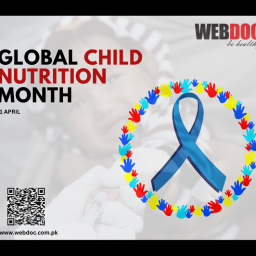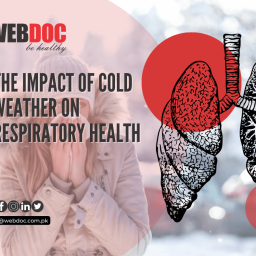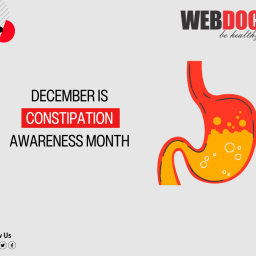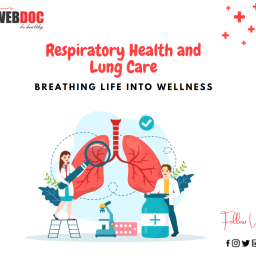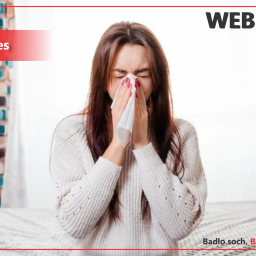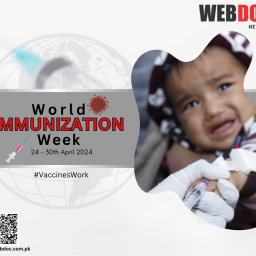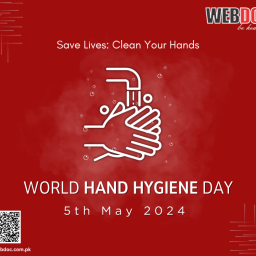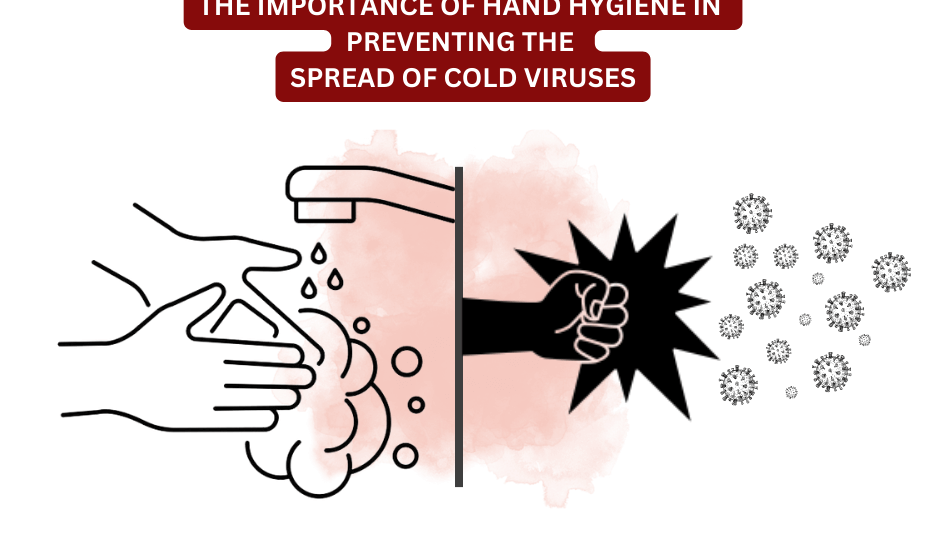
Introduction
The common cold, despite its innocuous name, can cause significant discomfort and inconvenience. It’s a highly contagious respiratory illness caused by a variety of viruses, most commonly rhinoviruses. While it’s generally not a severe illness, the common cold can still lead to missed school or work days, disrupted sleep, and general misery. However, one of the most effective ways to prevent the spread of cold viruses is remarkably simple: hand hygiene.
Understanding the Spread of Cold Viruses
Before delving into the importance of hand hygiene, it’s crucial to understand how cold viruses spread. The primary mode of transmission is through respiratory droplets expelled when an infected person coughs or sneezes. These droplets can land on surfaces or be inhaled by nearby individuals, leading to infection. Additionally, cold viruses can also spread through direct contact with an infected person or contaminated surfaces.
The Role of Hands in Cold Virus Transmission
Hands play a significant role in the transmission of cold viruses. People frequently touch their faces, including their eyes, nose, and mouth, without realizing it. If their hands are contaminated with cold viruses from surfaces or direct contact with an infected person, they can introduce the virus into their bodies by touching these mucous membranes. Once inside the body, the virus can quickly replicate and cause infection.
Importance of Hand Hygiene
Hand hygiene, which includes handwashing with soap and water or using alcohol-based hand sanitizers, is a critical measure in preventing the spread of cold viruses. Proper handwashing physically removes viruses, bacteria, and other pathogens from the hands, reducing the risk of transmission to oneself and others. Alcohol-based hand sanitizers, on the other hand, can effectively kill many viruses and bacteria on the hands when soap and water are not readily available.
How to Practice Effective Hand Hygiene
To effectively prevent the spread of cold viruses through hand hygiene, individuals should adhere to the following guidelines:
Wash Hands Frequently:
Regularly wash hands with soap and water for at least 20 seconds, especially after coughing, sneezing, or touching potentially contaminated surfaces.
Use Hand Sanitizers:
When soap and water are unavailable, use alcohol-based hand sanitizers with at least 60% alcohol content. Apply enough sanitizer to cover all surfaces of the hands and rub hands together until dry.
Avoid Touching Face:
Minimize touching the face, especially the eyes, nose, and mouth, to reduce the risk of transferring viruses from the hands to mucous membranes.
Practice Respiratory Etiquette:
Cover coughs and sneezes with a tissue or the inside of the elbow to prevent respiratory droplets from contaminating hands and surfaces.
Clean and Disinfect Surfaces:
Regularly clean and disinfect frequently touched surfaces, such as doorknobs, light switches, and electronic devices, to reduce the spread of cold viruses.
Conclusion
In conclusion, hand hygiene is a simple yet powerful measure in preventing the spread of cold viruses. By washing hands regularly with soap and water and using hand sanitizers when necessary, individuals can reduce their risk of contracting and spreading the common cold. Additionally, practicing good respiratory etiquette and maintaining cleanliness in shared spaces can further mitigate the transmission of cold viruses. Ultimately, prioritizing hand hygiene is not only beneficial for individual health but also contributes to the collective effort in preventing the spread of contagious illnesses within communities.



